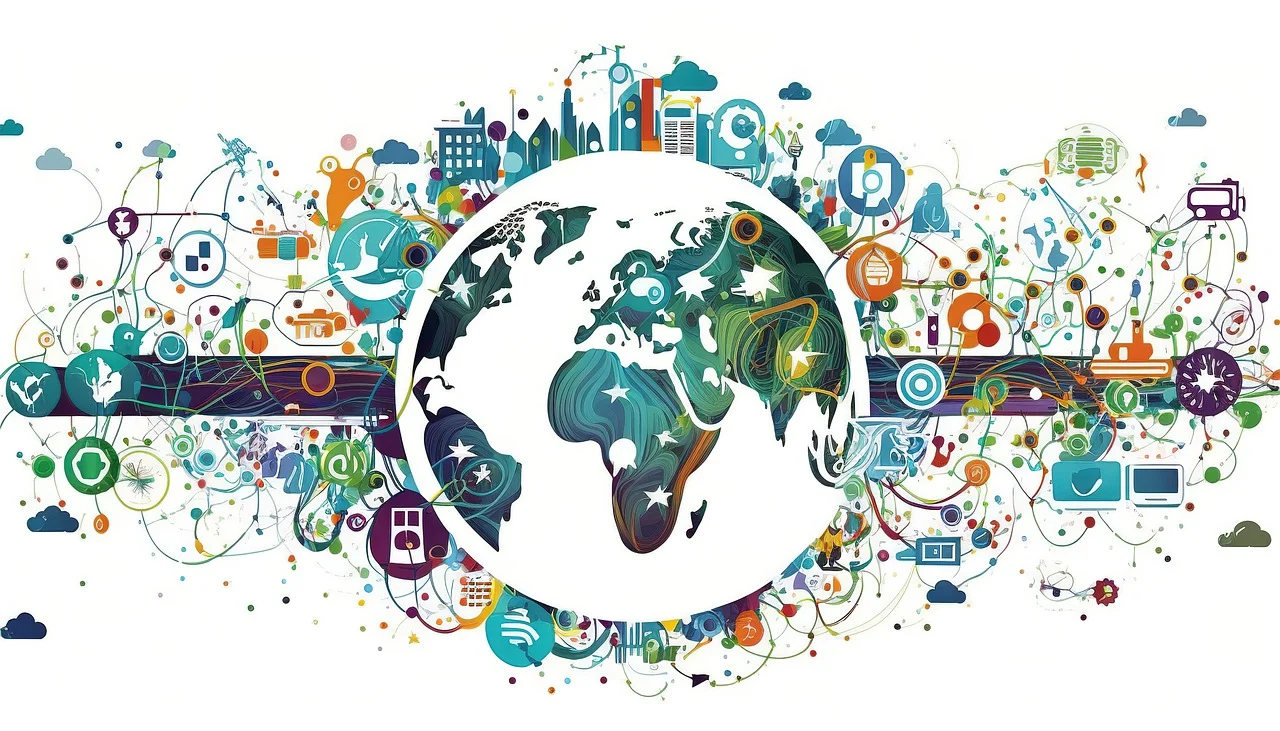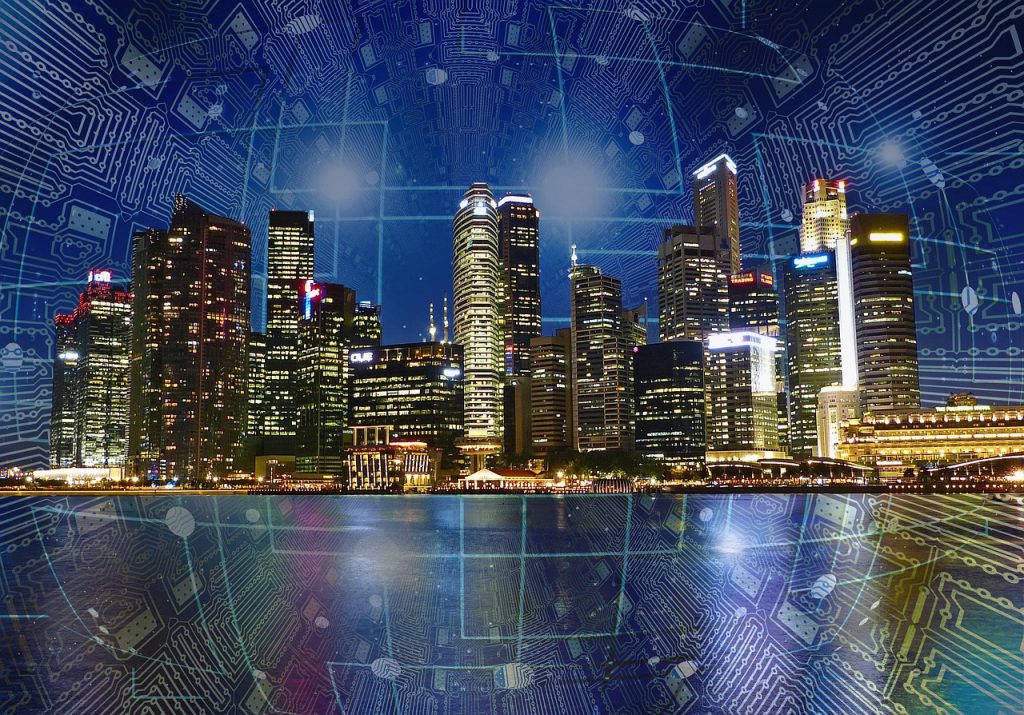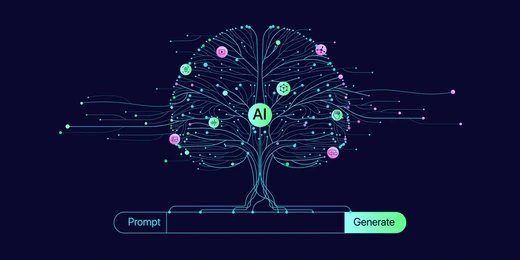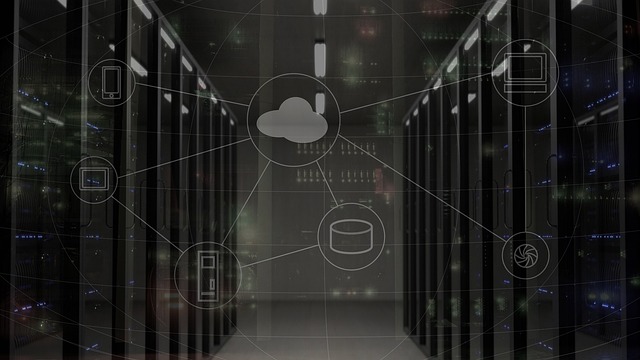
The Internet of Things (IoT)

Revolutionizing Daily Life with Connected Devices
In the present-day virtual age, the Internet of Things (IoT) has emerged as a transformative technology, connecting devices and allowing seamless conversation and information trade. IoT has the ability to revolutionize various factors of daily existence, providing comfort, performance, and more advantageous experiences. In this article, we can explore the makes use of IoT, and its applications in everyday lifestyles, and provide examples of how IoT is reworking numerous industries.
What are the uses of the Internet of Things?
The Internet of Things boasts a wide range of applications across various sectors, offering numerous benefits. Here are some key uses of IoT:
- Smart Homes: By leveraging IoT, homeowners can control and automate various devices in their houses, such as lighting, thermostats, security systems, appliances, and entertainment systems. Consequently, smart homes provide convenience, energy efficiency, and enhanced security.
- Wearable Technology: IoT has fostered the development of wearable devices like fitness trackers, smartwatches, and health monitors. These gadgets gather and analyze health-related data and daily activities, offering insights into personal well-being and healthcare.
- Smart Cities: IoT plays a crucial role in establishing smart cities by integrating different components, including traffic management, waste management, public transportation, and infrastructure monitoring. Consequently, this results in improved efficiency, sustainability, and a higher quality of life for citizens.
- Industrial Automation: Through IoT, industrial processes can be monitored and controlled, leading to increased productivity, predictive maintenance, and enhanced safety. Real-time data collected by connected sensors and devices allows for optimized operations and reduced downtime.
- Agriculture: IoT is transforming the agricultural sector by providing farmers with real-time
information on soil moisture, weather conditions, and crop health. This data enables optimized irrigation, crop management, and resource allocation, ultimately leading to improved yields and reduced costs.
Where is the Internet of Things utilized in daily lifestyles?
IoT has become an integral part of our daily lives in various ways. Several noteworthy examples include:
- Smart Appliances: Notably, IoT-related appliances such as refrigerators, washing machines, and espresso makers can be controlled remotely. Additionally, they offer real-time updates on their status and provide personalized settings.
- Voice Assistants: Devices like Amazon Echo and Google Home utilize IoT technology to offer voice-controlled assistance for various tasks. These tasks range from playing music and controlling smart devices to setting reminders and answering queries.
- Health and Fitness Tracking: Wearable devices, like fitness bands and smartwatches, enabled by IoT, track activity levels, heart rates, and sleep patterns. Moreover, they provide valuable insights to promote a healthier lifestyle.
- Connected Cars: By integrating IoT, cars now offer features such as GPS navigation, remote diagnostics, real-time traffic updates, and emergency assistance. These enhancements significantly improve comfort and safety on the road.
- Smart Energy Management: IoT empowers homeowners to monitor and manage energy usage in real time, thereby optimizing consumption and reducing costs. Notably, smart thermostats, light systems, and power monitor all contribute to efficient energy management.
What are examples of the usage of the Internet of Things?
Here are some examples that highlight the practical implementation of IoT:
- Smart Lighting: IoT-connected lighting structures automatically adjust brightness, color, and timing based on user preferences or environmental conditions. Philips Hue and other smart lighting solutions offer customizable settings and energy efficiency, enhancing the user experience.
- Home Security: IoT-based security systems integrate sensors, cameras, and alarms to remotely monitor homes. Users can receive alerts, view live feeds, and control security settings conveniently through their smartphones, ensuring peace of mind.
- Smart Healthcare: IoT devices such as connected glucometers, blood pressure monitors, and wearable fitness trackers enable patients to monitor their vital signs and share data with healthcare professionals for remote monitoring and timely interventions, improving overall healthcare outcomes.
- Smart Agriculture: IoT sensors placed in fields collect data on soil moisture, temperature, and crop health. Farmers can access this information remotely, enabling precise irrigation and timely interventions for better crop management, resulting in improved yields.
- Industrial IoT: Manufacturing plants utilize IoT to monitor equipment performance, predict maintenance needs, and optimize production processes. This technology reduces downtime, increases efficiency, and enhances overall productivity, leading to cost savings and improved operations.
Conclusion:
The Internet of Things has brought about a new era of connectivity. It enables gadgets to communicate seamlessly, transforming various aspects of our daily lives. IoT is revolutionizing industries and improving our lives through convenience, efficiency, and progressive experiences. By making further advancements and increasing its adoption, IoT has the potential to reshape the future actively and create a smarter and more secure world.












